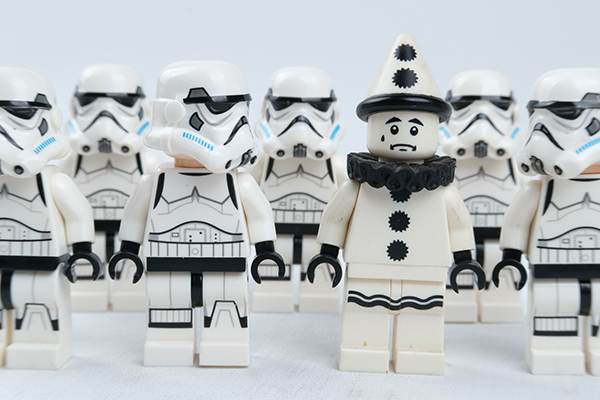What is autistic/ neurodivergent burnout?
We are all familiar with the concept of burnout, people use it all the time when talking about work or family stresses. However, it is important to understand that this has a particular context when it comes to autism and other neurodivergent needs.
The reason that we (neurodivergent people), experience burnout is because we mask. Masking is a process whereby neurodivergent people hide their neurodiversity and even act neurotypically.
It’s extraordinarily hard work and can potentially be harmful. For more information see my blog here ().
The burnout happens due to fatigue. The emotional fatigue, which builds up over time is due to carrying a sometimes very heavy mask, which is needed to survive in the neurotypical world. If you want proof of this, just ask your neurodivergent friends and family
what would happen if they revealed the full extent of their neurodiversity to friends, family members, even colleagues at work.
The answer is they would very likely receive some negative comments, perhaps even causing ruptures in relationships. The fear is that if we lost the mask, we may lose the relationships which are most important to us and perhaps even loose our jobs. I have found this myself, having lost many friends over the years when I revealed my diagnoses to them particularly that of bipolar. People don’t take too kindly to having a “crazy” friend.
The pattern which leads to burnout goes something like this; you start masking, through the passage of time and difficult situations you become fatigued, you accidentally drop the mask, you burn out, this leads to trauma.
We have recently had both neurodiversity celebration week and autism awareness/acceptance week. Whilst I applaud both of these initiatives, it is quite obvious that one can’t be truly authentic in the world because our neurodiversity it’s not fully
excepted yet and we have a long way to go before it will be, unfortunately.
Whilst I agree that intentions are good, not that many schools and workplaces, even with government initiatives are trying to truly, embrace and celebrate aspects of ND. Rather these tend to focus upon the more “acceptable” forms of ND, such as dyslexia. I feel it’s important that the government are looking into providing screeners for all children and dyslexia early in their school careers. It is at least, a step in the right direction, but we have so much more to do. . In order to really allow for the children and young people that we teach to remove their mask we need to be encouraging meaningful social interactions without masking. What I mean by this is that children with similar neurodivergent needs, and similar interests should be supported to work together on a special interest project or I’ll be in a way that they find
Whilst teaching social skills is still extremely popular in school what we should be doing is teaching social linking. What I mean by this is we should be encouraging children to find “birds of a feather”. Whilst this is easier said than done in a large secondary school it’s highly likely that you can find more than one Doctor Who fan who wishes to take part in an online chat about which are the best Doctor Who Memes available on the Internet. I’m sure there are many neurodivergent learners he would far rather take part in this than any kind of forced social interaction where they must talk about what positive body language looks like and practising active listening. These types of social training are archaic at best and potentially harmful at worst, because rather than teaching social interaction or they teach our young people is that masking his best and this will inevitably lead to burn out.
If you would like to know more about teaching meaningful social interaction, click here: Masking
email me [email protected]
call me 07879663714

